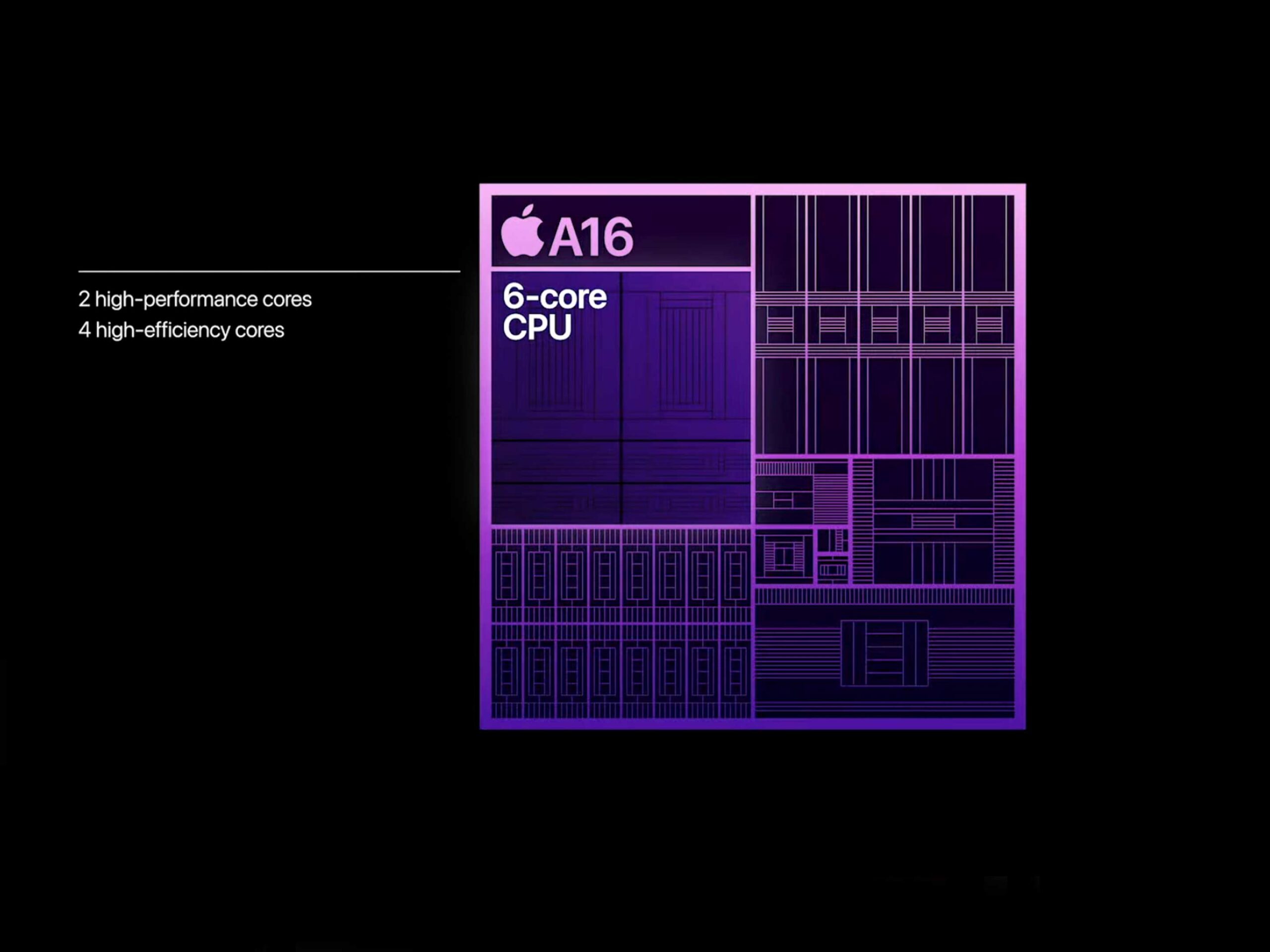When Apple unveiled its iPhone 14 lineup at the ‘Far Out’ event last week, the company claimed had improved battery life compared to last year’s iPhone 13 series. While we’ll still need to wait and see if that holds true for real-world tests, at least now we can check the actual battery size.
As usual, Apple didn’t share technical specs details, like specific battery size or RAM, for the iPhone 14 line. However, thanks to a filing on the Chemtrec website spotted by 9to5Mac, we now know the official battery sizes for each iPhone 14 model. Chemtrec details battery in watt hours (Wh), but MacRumors also found leaked battery sizes in milliampere-hour (mAh) from a regulatory database in China. We’ve included the numbers below alongside the iPhone 13 series:
It's worth noting that Wh and mAh are different measures. Wh measures electric energy and includes battery voltage (specifically, Wh is often used to measure the energy consumption of a device), while mAh is a measure of electric charge.
It's also worth keeping in mind that there's more than just the size of the battery at play. Factors like the efficiency of the chip can impact battery life too. Apple's new A16 Bionic chip uses a 4nm process and should be more efficient than last year's 5nm A15 chip (although 5nm is still very efficient). In other words, the iPhone 14 Pro Max having a slightly smaller battery than the 13 Pro Max shouldn't matter too much, assuming the increased efficiency of the A16 is enough to offset the difference.
Still, almost across the board, it looks like the iPhone 14 series features larger batteries than comparable iPhone 13 models. That should mean iPhone 14 owners will enjoy a little extra longevity out of their new iPhones.


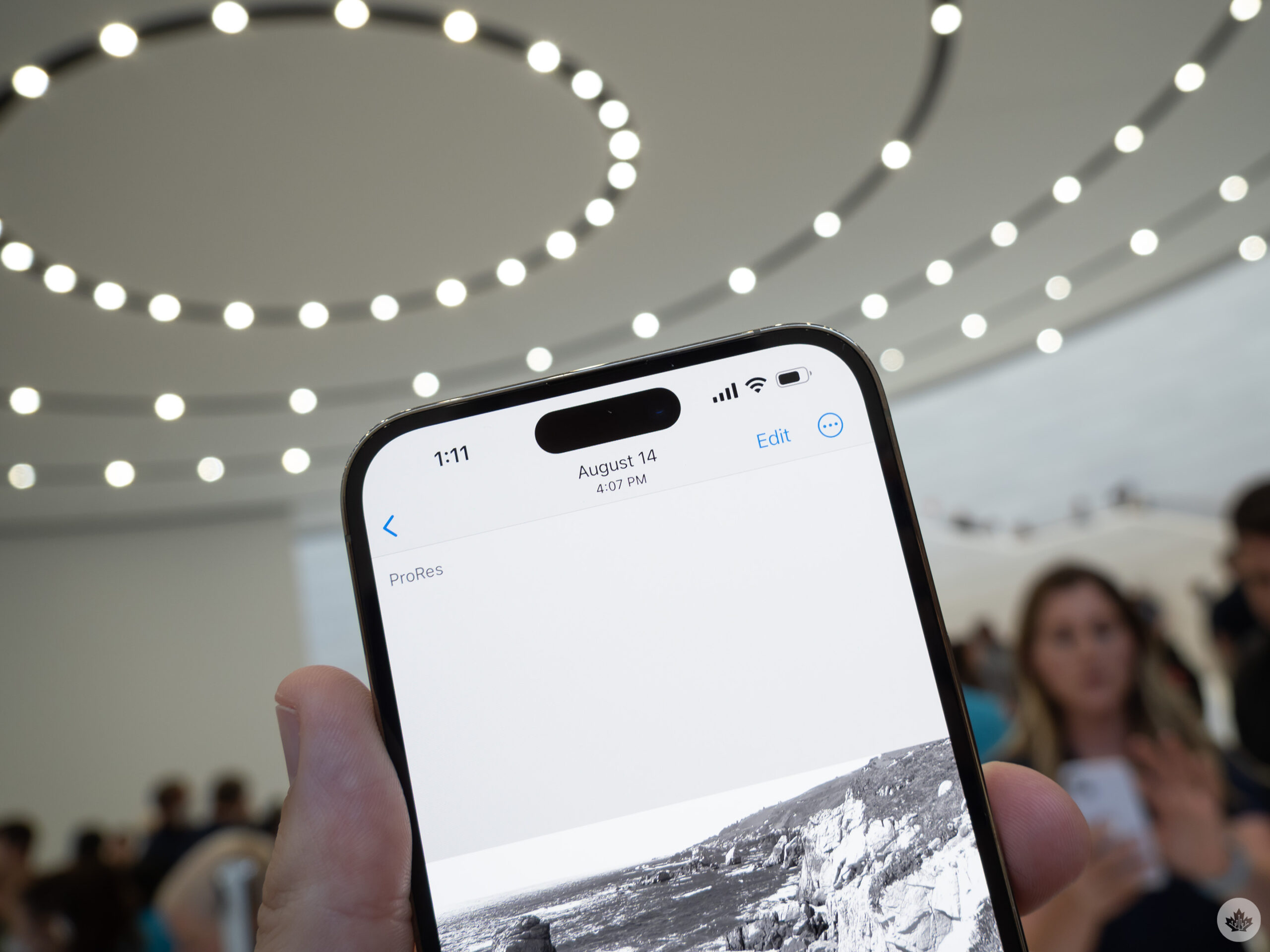 But what else is new with the iPhone 14 Pro? This year the display also includes an always-on feature, similar to Samsung’s high-end smartphones and Google’s Pixel series.
But what else is new with the iPhone 14 Pro? This year the display also includes an always-on feature, similar to Samsung’s high-end smartphones and Google’s Pixel series.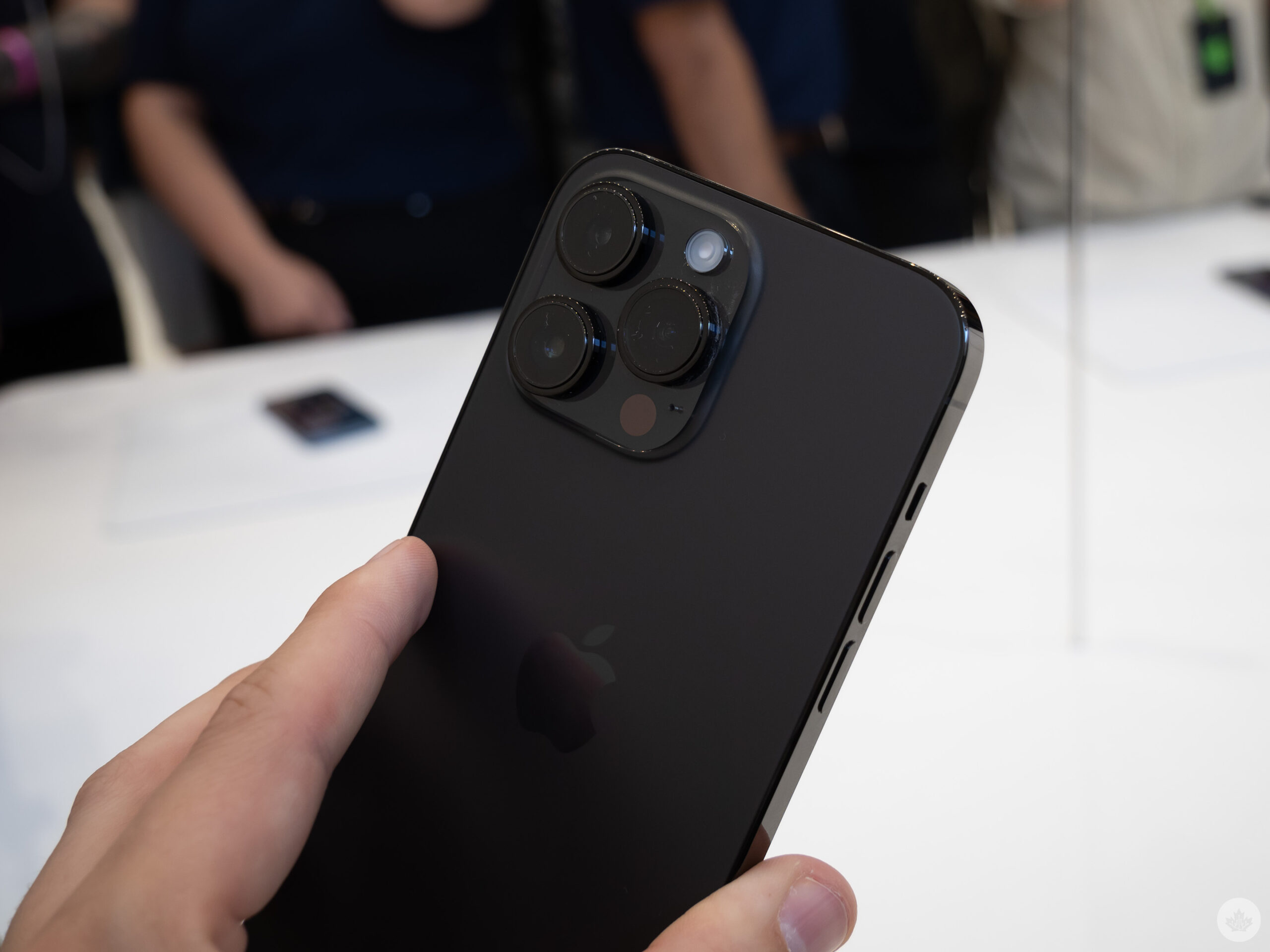 Speaking of displays, this year’s 6.1-inch and 6.7-inch screens look bright, coming in at an astounding 2,000 nits. You can really see the difference when you place the iPhone 13 Pro beside the iPhone 14 Pro regarding the brightness level, with the screen becoming almost blinding at full brightness.
Speaking of displays, this year’s 6.1-inch and 6.7-inch screens look bright, coming in at an astounding 2,000 nits. You can really see the difference when you place the iPhone 13 Pro beside the iPhone 14 Pro regarding the brightness level, with the screen becoming almost blinding at full brightness.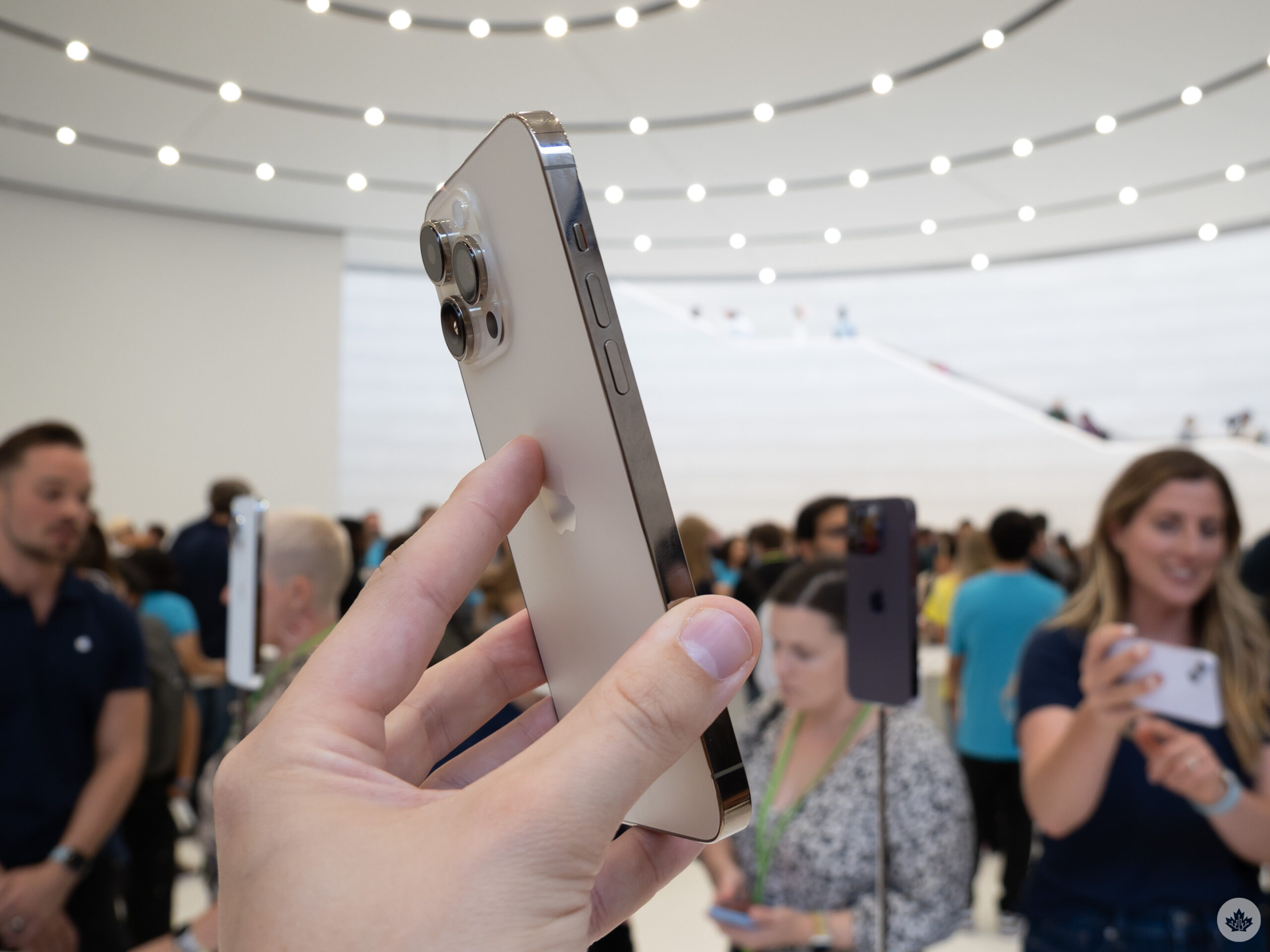

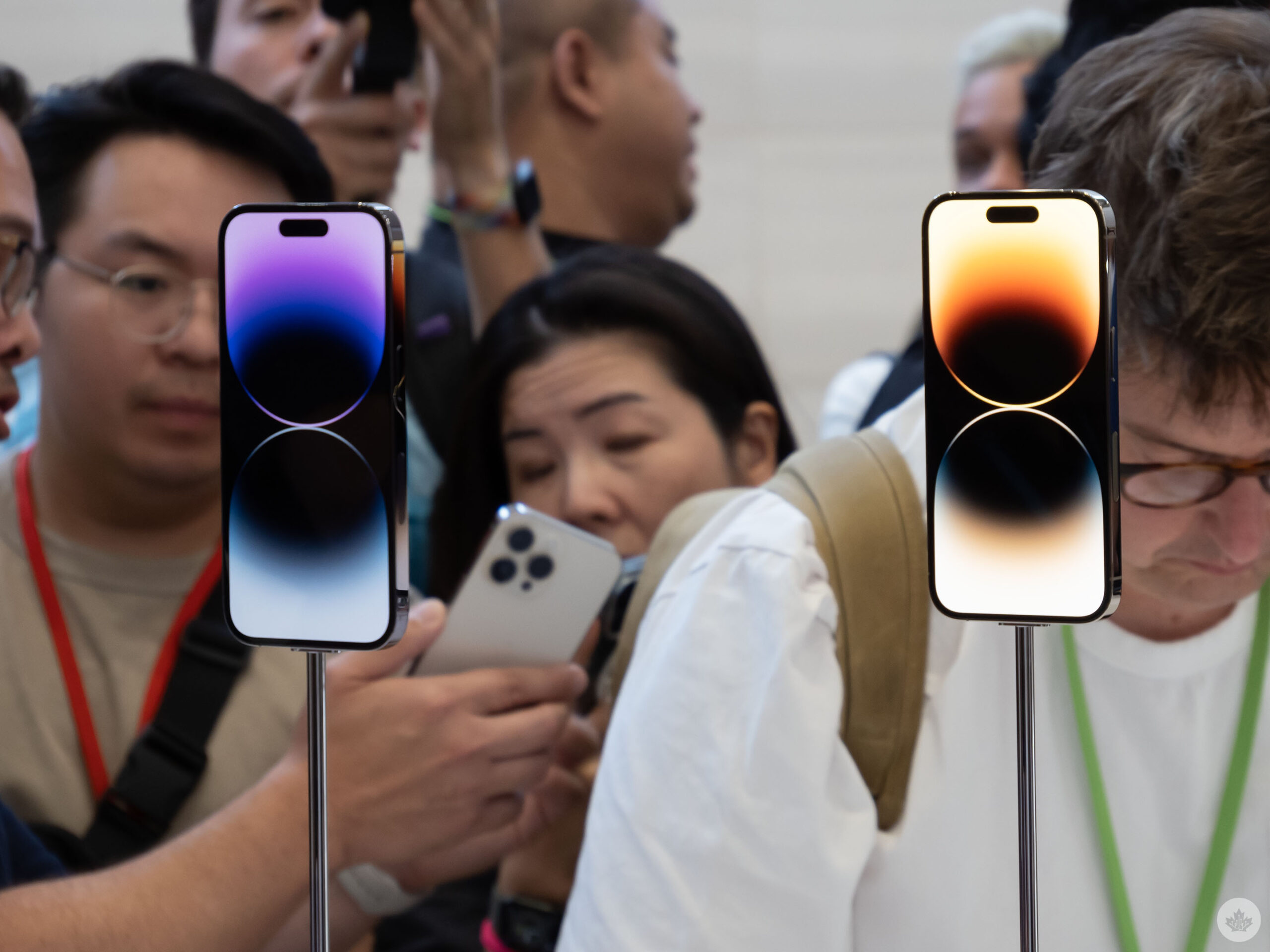 The overall design of the iPhone 14 Pro series remains identical to its predecessors. It still features the same squared-off sides and triple-rear camera setup, so if you were hoping this would be a redesign year for Apple, you’re likely disappointed with the iPhone 14 Pro. However, there are two new colours options: ‘Space Black’ and ‘Deep Purple,’ with the latter looking great in person.
The overall design of the iPhone 14 Pro series remains identical to its predecessors. It still features the same squared-off sides and triple-rear camera setup, so if you were hoping this would be a redesign year for Apple, you’re likely disappointed with the iPhone 14 Pro. However, there are two new colours options: ‘Space Black’ and ‘Deep Purple,’ with the latter looking great in person.

